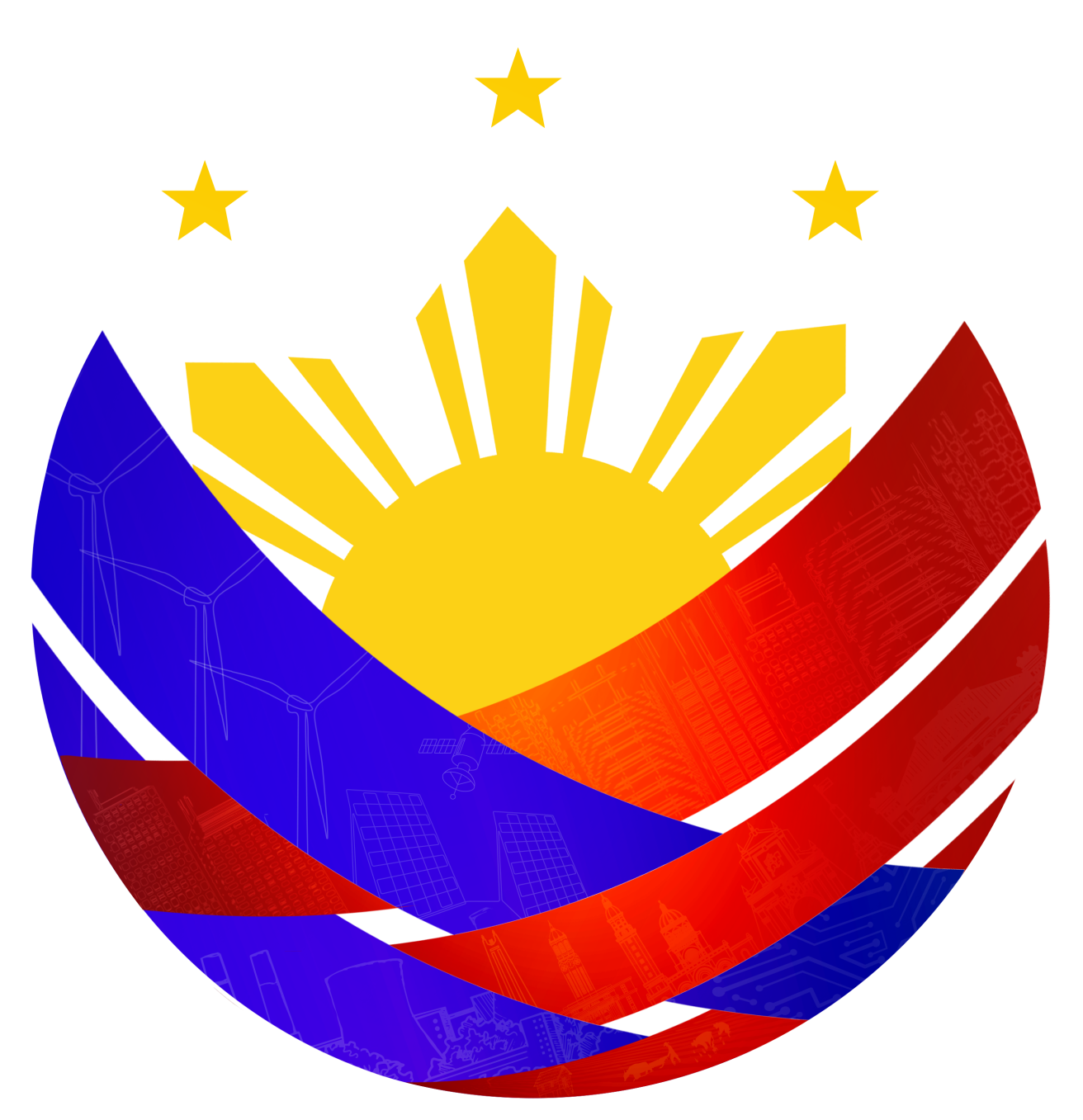
Province of Guimaras
Guimaras is a province of the Philippines located in the Western Visayas Region (Region VI) of the Visayas. The province covers roughly 611.87 square kilometers and is composed of 5 municipalities and a total of 98 barangays. The capital of the province is Jordan. The name Guimaras is believed to have originated from the folktale of lovers Guima and Aras, whose tragic story became the inspiration for the island's name. The province is widely known as the 'Mango Capital of the Philippines' because of its world-famous sweet mangoes.
History
Guimaras, an island province in the Western Visayas, has been inhabited for thousands of years, originally settled by Austronesian peoples who relied on fishing, farming, and trading. The island came under Spanish influence in the 16th century, with explorers visiting as early as 1581. During the Spanish colonial period, Guimaras was integrated into the encomienda system, Christianity was introduced, and small towns began to form. It was governed as part of Ilolio province throughout the Spanish era, with its economy centered on agriculture, fishing, and trade. During the Philippine Revolution and the subsequent American period, Guimaras continued under Ilolio's administration, with gradual improvements in infrastructure, education, and governance. The island also endured Japanese occupation during World War II, with local guerrilla activities aiding the resistance. After the war, Guimaras remained a sub-province of Ilolio, and its economy expanded, particularly through mango cultivation, which later became a symbol of the province. Local leaders and residents pushed for greater autonomy, culminating in a plebiscite in 1992 that established Guimaras as the 71st province of the Philippines, with Jordan as its capital. Since gaining provincial status, Guimaras has focused on agricultural development, fisheries, and tourism, promoting attractions like Alubihod Beach, Guisi Lighthouse, and mangrove forests. The annual Manggahan Festival celebrates its rich mango harvest, while conservation efforts protect its natural resources. Today, Guimaras is recognized for its scenic landscapes, peaceful communities, and economic contributions despite being one of the country's smaller provinces.